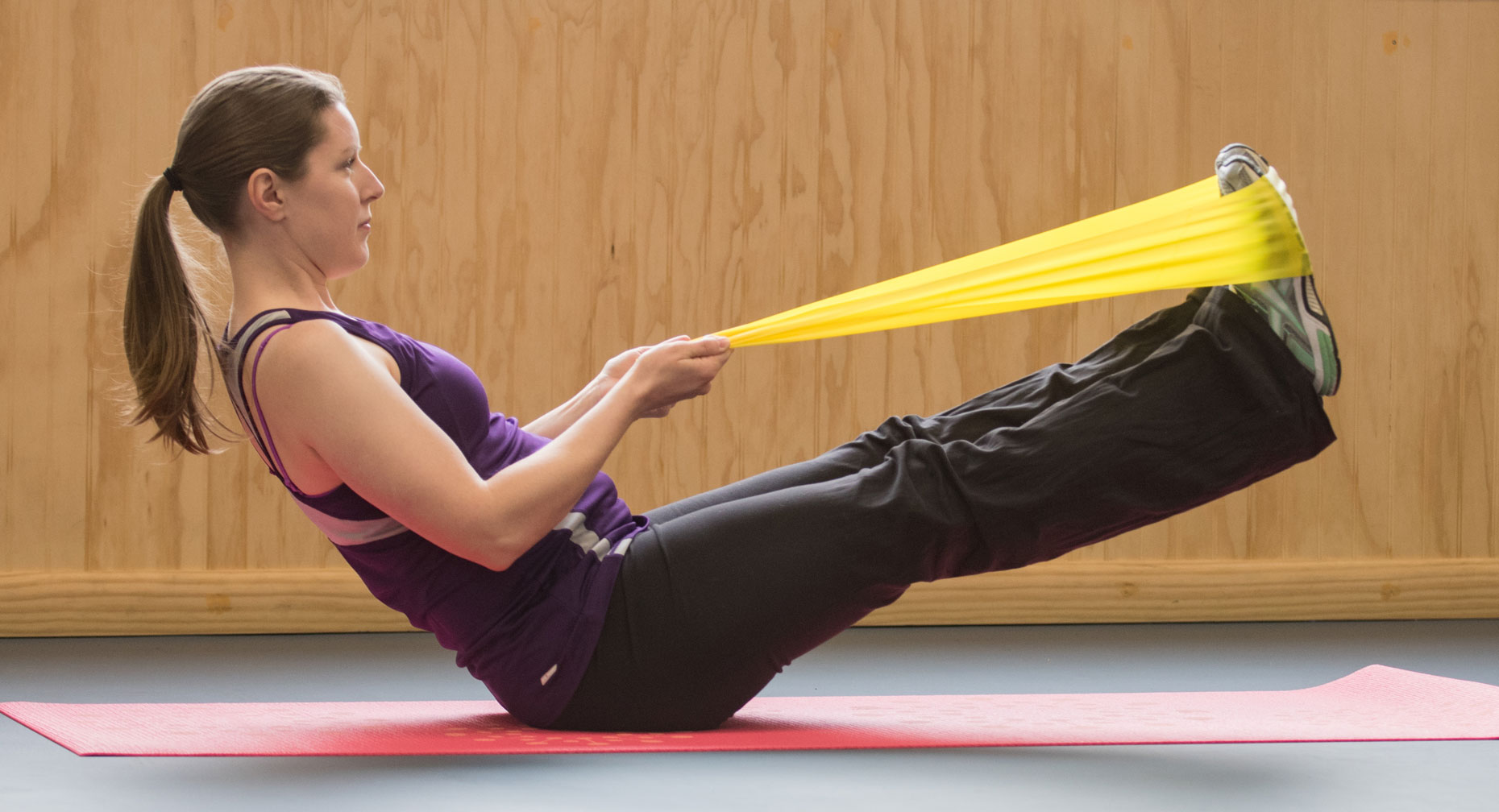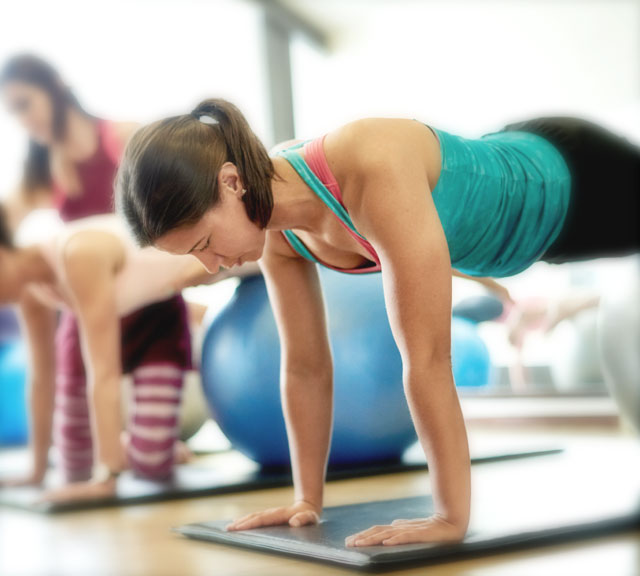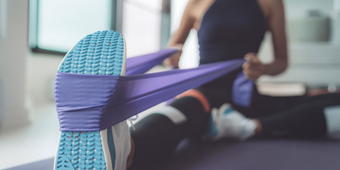How and Why to Strengthen Your Core

Answer a few questions and we'll provide you with a list of primary care providers that best fit your needs.
Every move you make starts in your body’s core.
These muscles — the abdominal, trunk and back muscles plus muscles that involve the hip and pelvis — link your lower and upper body and are vital to your overall well-being, says Kim McManus, a certified athletic trainer with Premier Orthopedics.
Core muscles are involved in nearly every physical action, whether you are completing everyday chores, sitting at a desk at work, playing a sport or exercising in the gym.
“The entire area between your upper chest and your knees has to properly work together to create the balance, stability and strength we need to lead a healthy and productive life,” McManus says.
That’s why it’s so important to keep your core strong.
“The entire area between your upper chest and your knees has to properly work together to create the balance, stability, and strength we need to lead a healthy and productive life.”
Avoid Pain and Injuries
Weak core muscles can lead to injuries and pain in many parts of the body, such as the arms and legs. A strong core means better balance and stability.
Strengthening the core is important for all adults, especially older adults. It reduces your risk of injuries associated with falls.
Four Ways to Activate Your Core

Our modern, sedentary lifestyle undermines a strong core. For women, pregnancy and childbirth also stretch and weaken the core muscles. This can create poor posture, back pain and bladder control issues.
The good news is you can activate your core at home. There’s no need to join a gym or buy special equipment, says McManus. Try doing five to 10 repetitions of the following four moves once a day. These exercises can be completed in about 10 minutes.
- Curl up: Lie down and place your feet flat on the floor with knees raised and the heels of your feet about 12 inches from your bottom. With your arms crossed over your chest, curl your trunk up off the floor just until your shoulder blades come off the floor and your abdominal muscles are activated. Lie back down and repeat action.
- Plank: Place your body in a position prior to doing a push up. Instead of lowering your body down, hold it in place with hands and toes on the floor. Hold yourself in this position for at least one minute. For a tougher workout, rest on your forearms instead of your hands.
- Lateral bridge/side plank: Support your body on the floor in a sideways position. Support your body with your forearm while the other arm is positioned on your hip. Hold for at least one minute and repeat on opposite side.
- Quadruped position: Position yourself on the floor in a dog position. Extend an arm and its opposite leg out to activate the gluteal, hip and abdominal muscles. Repeat on other side.
Benefits of Building a Stronger Core
Even if you already have a regular exercise routine, chances are you’re not targeting all of your core muscles.
Consider adding core exercises to round out your workout. You’ll gain these benefits:
- Core exercises can help tone your abs.
- Strong core muscles make it easier to do most physical activities.
- Core exercises can help you reach your fitness goals.
Our busy lives can make it easy to neglect our core muscles, says McManus. Keeping the core strong is not difficult. And doing so, says McManus, ensures that you avoid pain and injury from completing even simple tasks, such as getting dressed or picking up a small child.
Answer a few questions and we'll provide you with a list of primary care providers that best fit your needs.
Source: Kim McManus, certified athletic trainer, Premier Orthopedics; Harvard Health; ABC News





